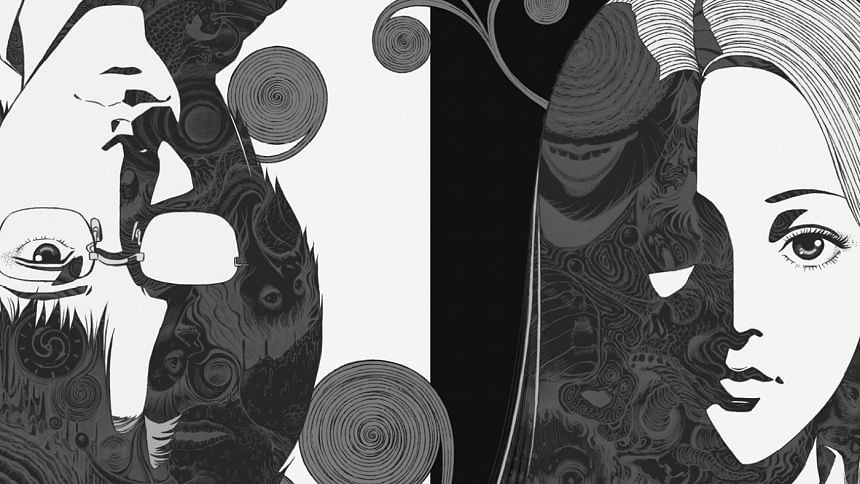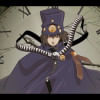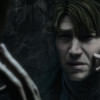Uzumaki: A faithful but flawed adaptation of Junji Ito’s classic manga

Junji Ito's Uzumaki is widely regarded as one of the most iconic horror stories, not only within the realm of manga but across the entire horror genre. After years of anticipation, the long-awaited anime adaptation has finally arrived. While it largely adheres to the unsettling source material, it unfortunately carries some notable flaws.
Uzumaki follows high school student Kirie Goshima and her boyfriend, Shuichi Saito, as they witness strange and terrifying events linked to spirals consuming their small coastal town, Kurouzu-cho. As the story progresses, the pair try to survive as the town spirals, both literally and figuratively, into a Lovecraftian hellscape.
The best thing about the show is how faithfully it adapts the mangaka's iconic art style. The black-and-white aesthetic complements the eerie atmosphere, perfectly capturing the tone of the original work. It is no overstatement to say that the presentation is ripped straight from the pages of the manga. From the grotesque body horror to the unsettling environmental storytelling, the show does a great job of displaying how the simple concept of a spiral can bring unexpected horrors. The viewer's anxiety intensifies as they observe Kirie and Shuichi's collective struggle to cope with the overwhelming horrors beyond their control. The characterisations of the two protagonists are done quite well, and I found Shuichi to be particularly relatable. Even though it often goes unmentioned, I found Kirie and Shuichi's relationship to be a standout element of the manga, and it translates beautifully in the series.
These positives aside, there are some major issues with the adaptation that reduce the enjoyment of the overall experience. The biggest problem with the anime is its pacing, as it condenses 19 chapters of the manga into only 4 episodes. The key to a compelling horror story lies in the gradual build-up of suspense, leading to an impactful payoff. This is evident in the source material— each chapter deals with a singular event caused by the spiral curse, and the severity and absurdity of these events gradually increase as the chapters progress. The series, however, portrays several of these events as occurring simultaneously, and thus loses that sense of suspense. The first two episodes suffer the most from the pacing issue, with the plot seeming convoluted at times. However, this issue does get better in the latter two episodes. The only positive aspect of this fast pacing is that it slightly improves the characterisation of some supporting characters, particularly Kirie's father.
Another problem is the very noticeable dip in animation quality from the second episode onwards. At times, the animation becomes rather stiff and low quality. While it still does capture the essence of the art style, it is obvious that the first episode had a much bigger budget compared to the rest of the series.
Though the pacing detracts from much of the suspense, the sheer intensity of the literal spiralling events experienced through the eyes of relatable characters evokes a different kind of unsettling feeling. As a fan of the manga and Junji Ito's works, I still think the show is enjoyable and worth watching despite its glaring flaws. It would have benefitted from more consistent animation and additional episodes, but it remains largely faithful to the source material and serves as a solid introduction to Junji Ito's haunting universe for newcomers.

 For all latest news, follow The Daily Star's Google News channel.
For all latest news, follow The Daily Star's Google News channel. 







Comments